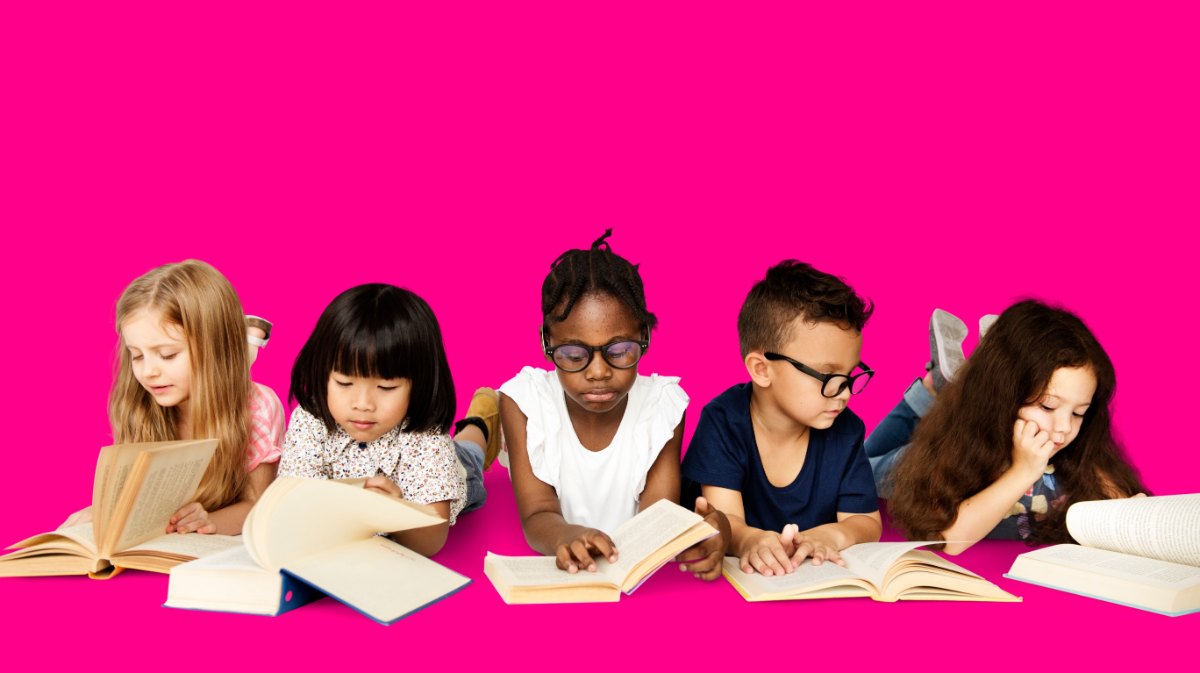If “I Can’t Get My Kid to Read” were a song, it would live at the top of the charts. We hear this from nearly every parent we talk to. And, frankly, as avid readers, it makes us truly sad. So, we’ve spent considerable time thinking about this, reading about this, and talking to educators and parents about this. Then, it occurred to us to talk to the kids. Their replies were so demoralizing that they spurred us to action. The result? Three successful ways we’ve found to get kids to read.
-Read Aloud
For some reason, once kids can read for themselves, we stop reading to them. Yet, some of my fondest memories are of my third-grade teacher – Mrs. Douglas – reading to us for ten minutes after recess each day. She’d turn down the lights, tell us to put our heads on our arms on our desks, and read from works like Misty of Chincoteague, Stuart Little, and Charlotte’s Web. I am long past third grade, but I remember those books and that time as being almost magical. Yes, today we all lead busy lives, but is reading aloud for ten minutes a day really too much to ask? Why not give it a try?
-Read Together
I was shocked and horrified – gobsmacked, in fact – when I discovered that my kids didn’t think I read. And, why would they? I read while they were asleep so that I could focus on what I was reading. The day they came in and saw me with an open book in my hand was the day that they were rendered speechless. I quickly explained that I read all the time and had already read about 95% of the books on the numerous bookshelves in the house. Then, a bit afraid it might be too late to work, I bought several magazines and short books, left them on the table, and introduced a time for all of us to read to ourselves together twice a week. It turned out to be a nice break.
-Subscribe to Magazines
One way we’ve gotten even the most resistant non-readers to read is to have several issues of a magazine on a topic that interests them. The kids are drawn right to them without us saying a word because the articles are about something that piques their interest, and there’s no long, time-consuming commitment or reading log to keep. National Geographic is one such high-interest periodical with terrific pictures and great topics. Sports Illustrated for kids is another. And a third is Ranger Rick.
Bottom Line
Reading from a physical book or magazine is not the same as reading on a screen. However, reading from a physical book is not something most kids are eager to do. And as we move more and more toward having children read purely to get information – versus reading to enter a new experience – there is less and less reason for a kid to naturally gravitate to a book or magazine. Let’s help them see that reading is about so much more than acquiring facts!
